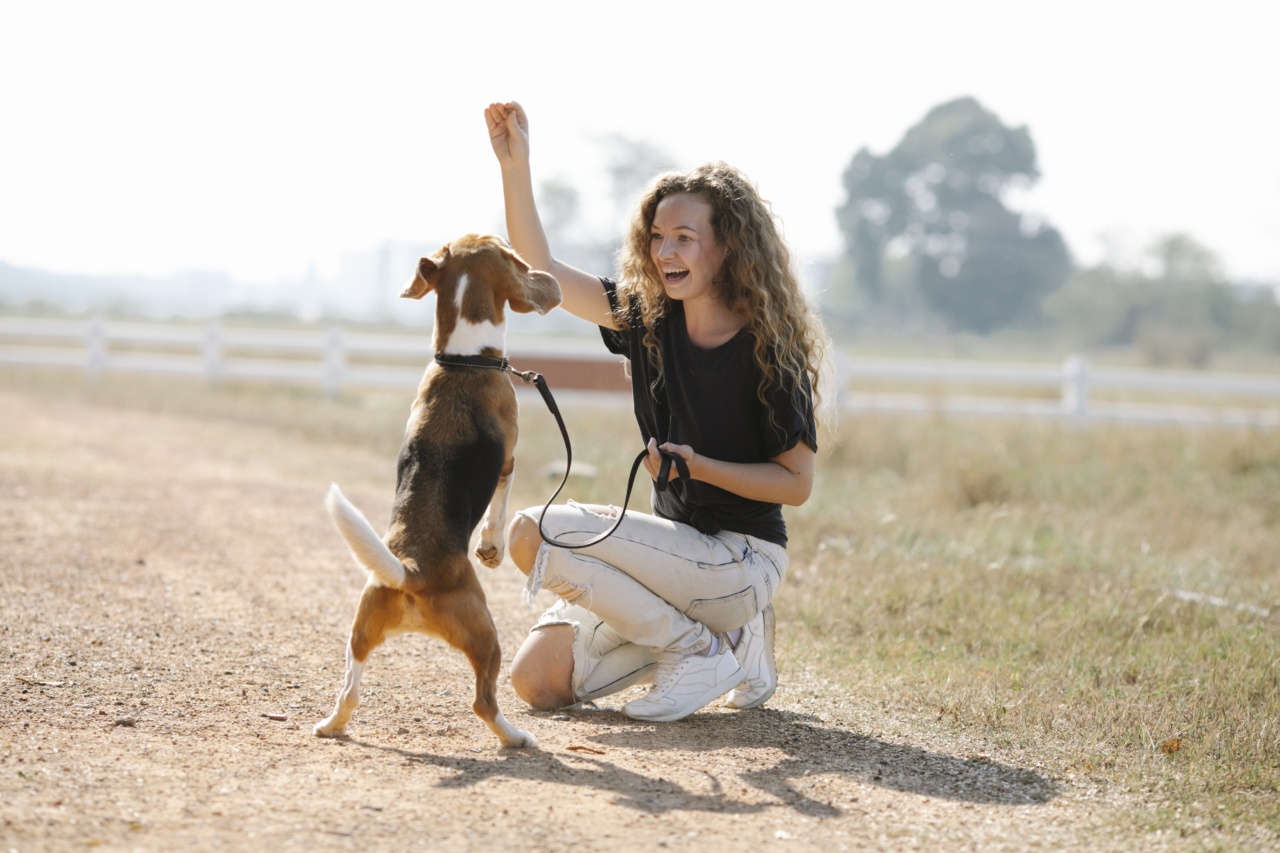Having a well-trained dog can greatly improve the harmony and happiness in your household. But training a dog takes patience, consistency, and a lot of hard work.
It’s not a quick fix solution, but rather a long-term investment that requires ongoing effort. With that being said, the payoff is well worth it. A well-trained dog makes for a happier owner and a happier dog.
Creating a Strong Foundation
The first step in successful dog training is to create a strong foundation. This means establishing clear rules and boundaries for your dog from the beginning. Whether you have a puppy or an adult dog, consistency is key.
Stick to a routine and make sure everyone in your household is on board with the same rules.
Establishing a daily routine for your dog can be helpful in providing structure and consistency. This can include regular feeding times, potty breaks, exercise, and training sessions.
Dogs thrive on routine, and having a set schedule can make them feel more secure and less anxious.
Focusing on Positive Reinforcement
Positive reinforcement is one of the most effective ways to train your dog. This means rewarding good behavior with treats, praise, or even a toy.
When your dog does something you want them to do, it’s important to reward them immediately so they understand which behaviors you want to see more of.
Avoid using punishment or physical force as a training technique. This can damage your relationship with your dog and could lead to reactive or aggressive behavior in the future.
Instead, focus on catching your dog doing something good and reinforcing that behavior.
Training Basic Commands
Training basic commands is important for establishing a foundation of obedience. These commands include sit, stay, come, heel, and down.
Consistency is key when training these commands, so make sure everyone in your household is using the same cues and rewards.
When training these commands, start in a low-distraction environment like your home or backyard. Once your dog has mastered the command in a low-distraction environment, gradually increase the distractions. This could mean going to a park or busy street.
Tackling Behavioral Issues
Behavioral issues such as jumping, barking, and biting can be frustrating for owners. The key to resolving these issues is to understand why your dog is behaving that way. Often, these behaviors are a result of boredom, anxiety, or lack of exercise.
If your dog is jumping or barking excessively, it’s important to redirect their energy into a more positive behavior. This could mean teaching your dog to sit instead of jumping or teaching them a quiet command instead of barking.
If your dog is exhibiting aggressive behavior such as biting or growling, it’s important to seek the help of a professional trainer or behaviorist. These behaviors can be dangerous and require a more specialized approach.
Continuing Your Dog’s Education
Dog training doesn’t end once your dog has mastered basic commands. Just like humans, dogs can continue to learn and improve throughout their lives. Continuing your dog’s education can help to prevent boredom and keep their minds stimulated.
Some examples of advanced training include agility, nosework, and obedience competitions. These activities can be fun for both you and your dog, and can help to strengthen your bond.
Benefits of a Well-Trained Dog
Having a well-trained dog comes with a multitude of benefits. A trained dog is easier to manage, which can lead to less stress and frustration for the owner. It can also help to prevent destructive behaviors such as chewing and digging.
When your dog is well-trained, you can take them more places and feel confident in their behavior. This can lead to more bonding opportunities between you and your dog, as well as more socialization for your dog.
Overall, investing time and effort into training your dog can lead to a happier and more harmonious household for both you and your furry friend.

























